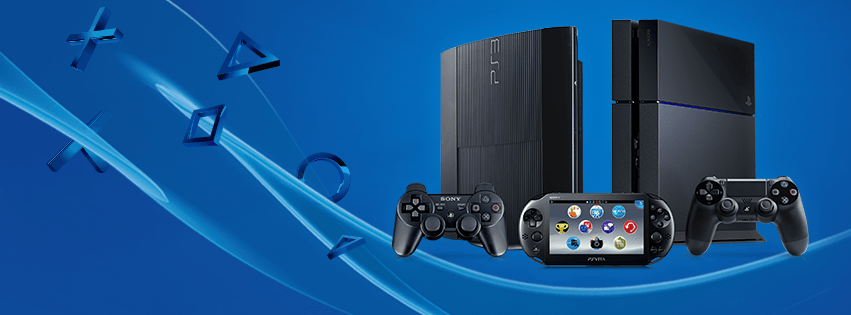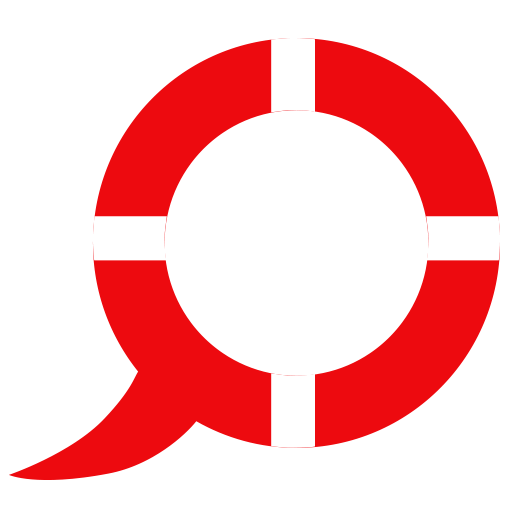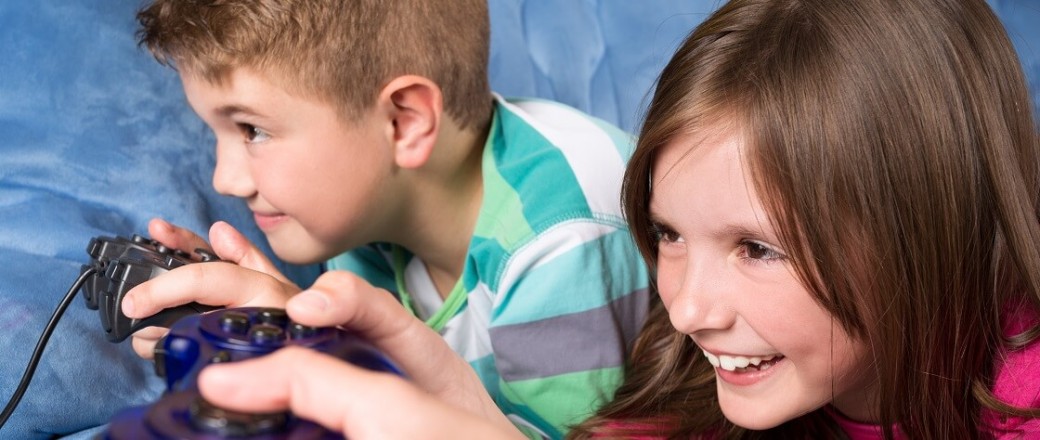Consoles have long become a commodity which found its way to many households. Any member of a family, whether an adult or a kid, enjoys console gaming. At the same time, today’s console is no longer exclusively an attribute of the gaming world, but a full-fledged multimedia center providing complex user experience, enabling to listen to the music, watch movies and TV shows, game, chat with friends and surf the Internet.
Here’s where the dangers come into the spotlight: whereas children’s security is already taken into consideration when it comes to PCs, consoles are frequently dismissed by parents. Too bad: one can relatively simply protect their kid from explicit content, adult-rated games or unsolicited contacts. Shame same could not apply to protecting someone’s wallet from uncontrolled in-game purchases, whereas it’s quite simple: one should just learn how the console works.
Black box revelation
When purchasing the console, any parent should acknowledge it is not the same good old console we all had in the past. The capabilities of the 90’s consoles were limited to launching games from detachable cartridges, whereas now consoles are sophisticated devices offering a number of features, both useful and dangerous for the child.
Games are here to stay
Even with tech evolving at an unimaginably fast pace, the main use scenario for the consoles is, strange as it seems, gaming.
We are not here to debate whether gaming is useful or detrimental for your child’s education. We base our judgement on an assumption that parents purchasing a console for kids are, at least, not anti-gaming activists. The main thing we’d like to stress, though, it the age-based game rating. It is applied in many countries and indeed helps to safely navigate through the abundance of games.
Games which have a 16+ rating are absolutely undesirable for your kid unless s/he has reached that age, otherwise this experience might harm the kid’s flexible mind. We would not say that an 8-year old who played a video game full of shooting and killing would go and shoot classmates: there were similar cases, yet they were more about a serious deviation or a sad coincidence rather than ‘going mad because of the shooter game’. At the same time, playing games improper for certain age, your kid might end up having nightmares or inexplicable phobias, and that’s not something we would like gaming to be.
Other content
A console is the gate to a variety of content beyond games. For instance, it’s a means of accessing the Internet, as well as TV and many different services.
If parents are already cautious about protecting their kids from explicit content on the web, they have to safeguard this door as well: a console gives full access to web resources, including audio and video content. For instance, the PS4 Playroom, a video chat service by Sony, is used to stream videos of other games, watch other gamers playing… as well as listening to foul language and watch home porn which, unfortunately, has already sneaked into this otherwise harmless service.
Besides, TV is also available via the console. In this case, a kid might access the shows which are not meant for his/her age. However, speaking of TV, it is much easier to restrict access to undesirable TV channels on the console rather than on the traditional TV set.
Chatting
Besides Internet access, the consoles offer a proprietary means of chatting for gamers, similar to social networks.
Many parents don’t even know their kids are communicating through the console, but in such case children as exposed to threats to the same extent as they are with the traditional access to social networks. The key concern here is the use of the console social networks by pedophiles who seek ways to lure teenagers into ‘hooking up’ in real life.
The attempts of pedophiles to contact children over the console social networks have been there since day one, especially in the US, the country with the largest Xbox Live / PSN user base. Back in 2012 Microsoft and Sony even went as far as preemptively blocking over 3,500 profiles of the users who had a criminal record for sex crimes, just to prevent potential attempts of harassing children via such services. This massive blocking stunt was a part of a larger police operation called ‘Operation: Game Over’. However, this initiative did not put an end to pedophiles’ attempts to get closer to kids through Xbox Live and PSN services. One of the latest well-publicized cases happened in the US in the late 2014. A six-year old boy was harassed by the pedophile: he was receiving regular explicit sex-inducing messages through voice and game chat in Minecraft.
Spontaneous purchases

The consoles, like PCs and mobile devices before them, are drifting towards profiting from in-game purchases. For parents who let it slip once, that means one more uncontrolled leak of money from the bank account: in-game purchases are designed in a way that deceives the child into thinking they don’t spend real money. Even in case of assessing the real value associated with the money, the ease with which the money is spent is so mesmerizing the kids just cannot stop.
Besides in-game purchases, there are internal online shops where one can buy certain enhancement for the user profile, or new games and add-ons. The simplicity of the purchase is very inviting for the child who wastes his parents’ money without a second thought.
To back up our point with some solid proof, in March 2015 a boy spent $4500 on xBox’ FIFA in-game purchases.
Showing good, hiding bad
Living in a house with a toddler and a gaming console would not necessarily mean that adult-rated gaming, social networks or Internet surfing should be also out of bounds for the toddler’s parents or older siblings.
Regardless of the type of console, you should set up a separate user account for your younger child. It might be called differently: “Child” in xBox, “Additional” in PS; in case of Nintendo, there is no purpose-configured account type, yet you can set up a completely new account for your little one. This would allow you to apply separate access and security settings for your child, without changing user account policies for the rest of your family.
Microsoft xBox
Whether it’s xBox ‘360’ or ‘One’, it is possible to establish age-based access to content in Settings (“Family”).
Choose your child’s profile, then set up, change or add restrictions for the content you render undesirable. Also, xBox One applies pre-set list of content restriction rules under the “Child” account; those could be modified by choosing the “Use but customize” option.
In Xbox 360, settings for “Child” accounts are divided into “Console Management Elements” which define access to games and video and “Security and Confidentiality Settings” which restrict the child’s online activities in Xbox Live.
Parental Controls in xBox help to customize access rights to games, video, music, and TV shows utilizing the age-based rating. Besides, the established restriction levels would apply to online searches, access to the store and apps. It is managed under a separate setting and can be disabled by parents.
Moreover, Parental Controls in xBox help to set up web filtering, accessibility of your child’ account to other xBox Live users and allow to apply time limits to gaming.
Also, a number of settings might be managed over the Internet, and should you have more that one console at home, such settings might be shared.
You can learn more about Parental Controls for xBox One here, and for xBox 360 here and here.
Sony PlayStation

By setting up a separate PS account for your child, remember to register it as “Additional”, so the owner of the main account (parent) can restrict chatting in PSN and limit monthly spending on purchases in the store.
Moreover, there are different levels Parental Lock in PS which mean different content access policies for the child. For instance, Parental Lock helps control access to age-based rated games, DVD or Blu-ray. One can also disable web browsing or enable web filtering.
Remember that the secret code you would use for enabling Parental Lock in PS can be restored only upon initiating the system.
Learn more on Parental Lock in PS4 here.
Nintendo Wii

In Nintendo consoles, you just establish a separate user account for the child and apply Parental Lock; there are no specific user accounts for children.
Parental Lock settings in Wii serve to restrict launch or purchase of improper games, restrict web browsing, disable in-game or Miiverse (Wii’s social network) chatting and content exchange or impose limits on purchases.
To be fair, Parental Lock in Wii is more flexible if compared to other consoles, enabling you to conveniently manage access rights on your child’s account.
Learn more on Parental Lock in Nintendo here.
Conclusion
Console is one more gate to the borderless world of Internet and gaming. Don’t have fear opening this gate for your child: with appropriate controls, exploring the world beyond this gate would do a lot more good than bad to your child.
Try to see a console as a front door: when letting your kid go and play outside, you acknowledge the dangers that might await him/her outside, and you do everything to protect your child without limiting him in his abilities to explore great things of the outside world. By allowing your child to use PC or mobile devices, you are, similarly, letting him/her go outside through that door. A console should not be exception: let your child enjoy new and interesting games, watch his favorite cartoons in HD, surf the web, but do your outmost to protect him/her from dangers: console vendors are well aware of such drawbacks and are ready to offer a variety of features to ensure your child is safe and protected.
 Kids Safety
Kids Safety







